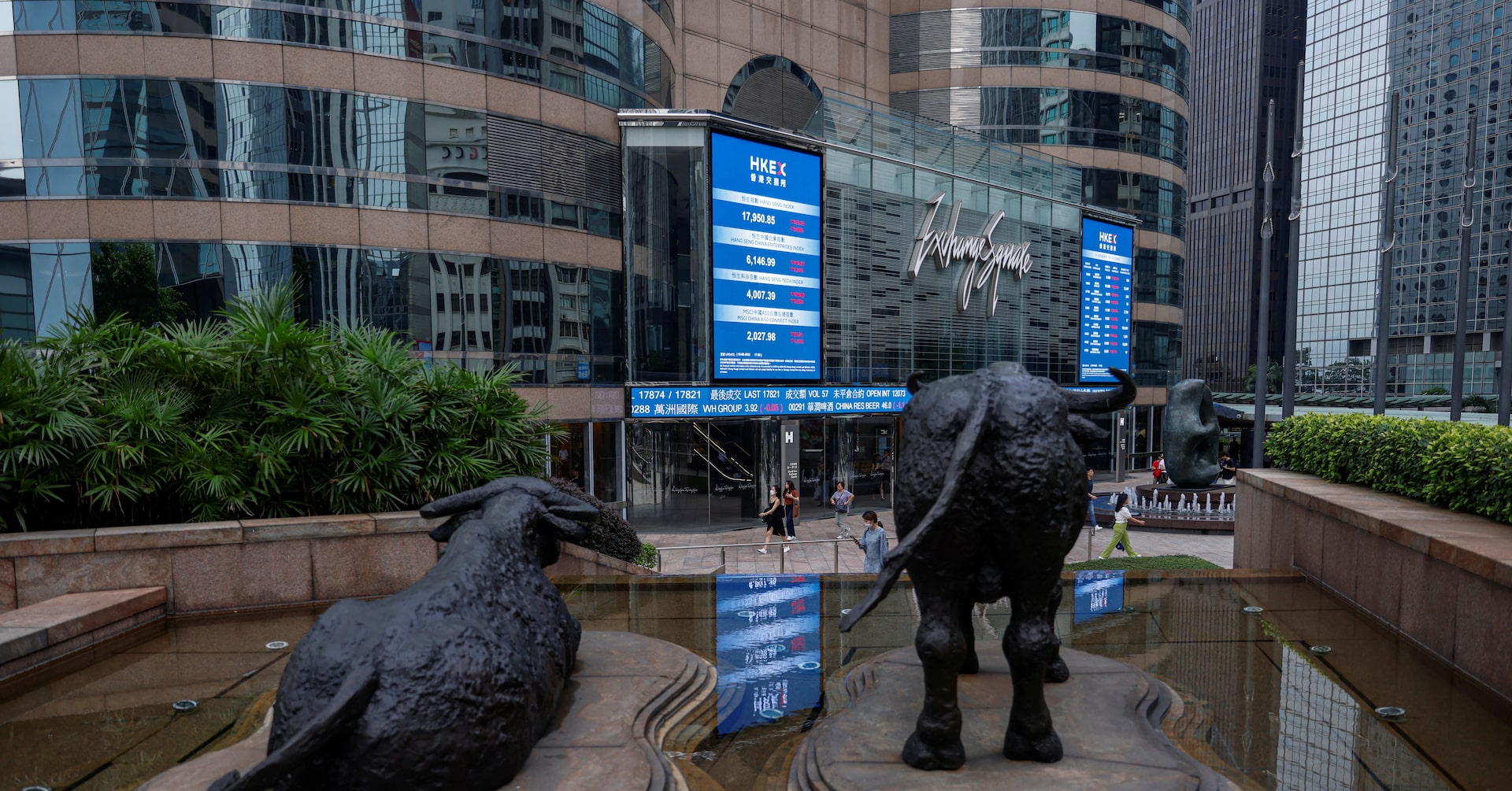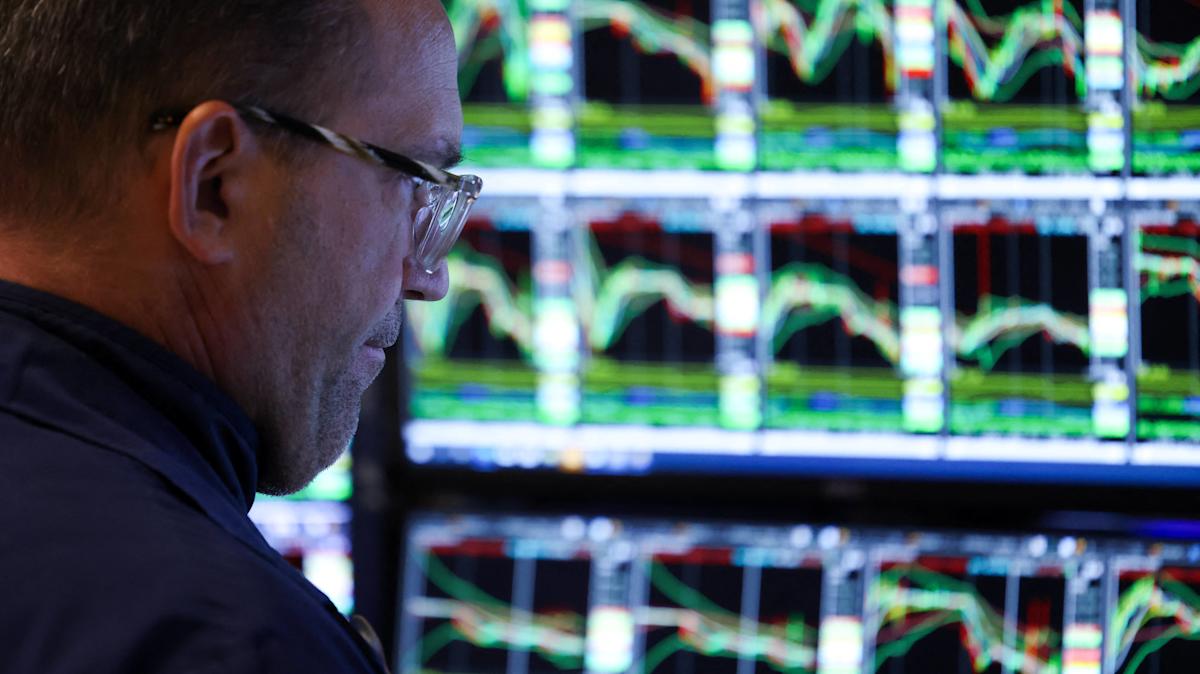Margin Mayhem: China's $322 Billion Stock Loan Surge Sparks Market Tremors

Chinese investors have embarked on an unprecedented borrowing spree, amassing a staggering $322 billion to fuel their stock market ambitions this year. However, the recent sharp market corrections and intensifying regulatory pressure are casting long shadows of doubt over these high-stakes leveraged investments.
The dramatic surge in margin lending reflects the market's volatile appetite for risk, with investors eagerly seeking opportunities amidst a complex financial landscape. Yet, the current market turbulence is rapidly eroding confidence, prompting many to reconsider their aggressive investment strategies.
Regulatory authorities are increasingly signaling their intent to cool down the overheated market, implementing stricter oversight and warning investors about the potential risks of excessive borrowing. These interventions are creating additional uncertainty, further dampening the enthusiasm that drove the earlier borrowing frenzy.
As market sentiment shifts and caution takes hold, investors are now treading carefully, reassessing their positions and weighing the potential consequences of their leveraged bets. The once-promising investment narrative is now being rewritten with a more cautious and measured approach.







